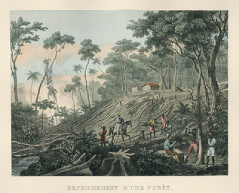March 2020

Local newspaper Gazeta de Noticias, Sep. 29, 1918, p.1
Amanda Gimbeau, Nidhiya Menon and Aldo Musacchio studied the short-term, medium-term and long-term repercussions of the 1918 Influenza Pandemic on demographic measures, human capital formation, and productivity markers in the state of São Paulo, Brazil’s financial center and the most populous city in South America.
In “The Brazilian Bombshell? The Long-Term Impact of the 1918 Influenza Pandemic the South American Way” the researchers from Brandeis University (MA, United States) construct a unique database on socioeconomic and health outcomes for all districts in São Paulo using historical and contemporary documents.
The article, which is available online at Social Science Research Network (SSRN), found that the 1918 Influenza Pandemic had significant effects on infant mortality, sex ratios at birth, fertility and marriage patterns in the short-run using temporal and spatial variation in district-level numbers of influenza-related deaths for the period 1917-1920 and measures of social and health infrastructure. Likewise, the authors found robust evidence for persisting impacts on health and educational attainment, productivity measures, and development-related indicators in the long-run.
Read the full article here:
Guimbeau, Amanda and Menon, Nidhiya and Musacchio, Aldo, The Brazilian Bombshell? The Long-Term Impact of the 1918 Influenza Pandemic the South American Way (May 1, 2019). Available at SSRN: https://ssrn.com/abstract=3381800 or http://dx.doi.org/10.2139/ssrn.3381800









